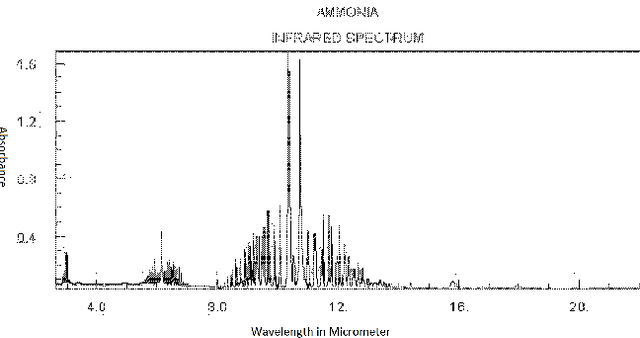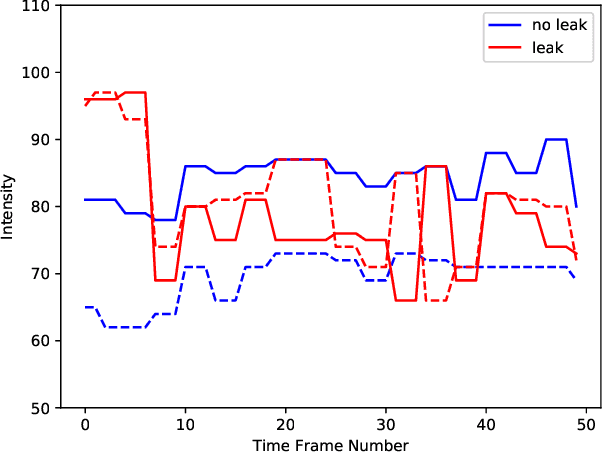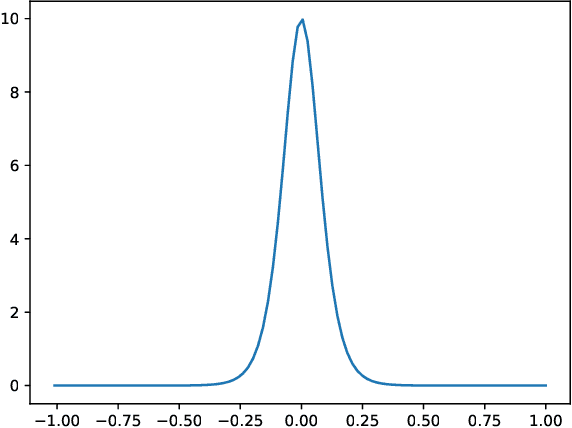Alex Orailoglu
Detecting Gas Vapor Leaks Using Uncalibrated Sensors
Aug 20, 2019



Abstract:Chemical and infra-red sensors generate distinct responses under similar conditions because of sensor drift, noise or resolution errors. In this work, we use different time-series data sets obtained by infra-red and E-nose sensors in order to detect Volatile Organic Compounds (VOCs) and Ammonia vapor leaks. We process time-series sensor signals using deep neural networks (DNN). Three neural network algorithms are utilized for this purpose. Additive neural networks (termed AddNet) are based on a multiplication-devoid operator and consequently exhibit energy-efficiency compared to regular neural networks. The second algorithm uses generative adversarial neural networks so as to expose the classifying neural network to more realistic data points in order to help the classifier network to deliver improved generalization. Finally, we use conventional convolutional neural networks as a baseline method and compare their performance with the two aforementioned deep neural network algorithms in order to evaluate their effectiveness empirically.
 Add to Chrome
Add to Chrome Add to Firefox
Add to Firefox Add to Edge
Add to Edge